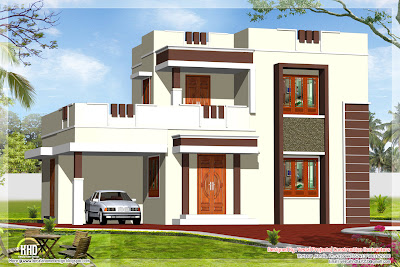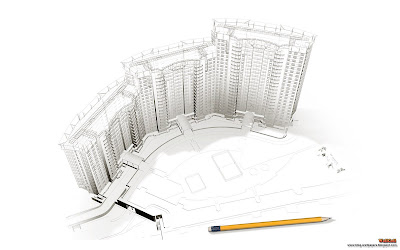Matching your house to your lifestyle begins with an exploration of your needs and wants. Most home designers will have some type of "discovery process" that will help identify the basics for your home design. It will start with the configuration of your lot and proceed through items such as privacy requirements, work areas, outdoor spaces, etc. Although this process is critical to your project, it rarely drills down enough to transform your design into a home that will serve your needs for a lifetime.
Here are two keys of good home design that must be addressed up-front: a) assessing the homeowner's current needs; and, b) anticipating the future needs of people living in the home. Before you say "Yeah, yeah...I've heard this all before!" let's take a closer look at what "current needs" entail.
Almost all "discovery processes" used by home designers focus on the use and space requirements of the rooms in the house. This is good, but too little attention is given to the personal needs of the people actually living in the home. Without performing a comprehensive assessment of the client's functional abilities, identifying areas of the home where modifications are necessary is often overlooked.
For example, the needs of a child and his / her ability to live comfortably in the home are rarely addressed at the design stage. It's necessary to evaluate the child's current abilities and design an environment that works and grows with the child. Some easy adaptive design elements would include adjustable shelves and rods in the closet. As the child grows, the shelves and rods can be moved to better accommodate their reach. Appliances present a similar situation as it is necessary for the controls to be accessible. Front mounted controls on washing machines and dryers enable their use. Safety also comes into play. A child trying to use a microwave placed overhead is a recipe for disaster!
Of course, the above example is very simple, but it illustrates the point that design needs to be done from the perspective of the individual and his / her ability to carry out daily routines in the home. This is why a good designer will perform an assessment of the client and specify the needed design modifications.
There are a couple of tools that a designer can use to evaluate the needs of their clients. One of those tools is the Comprehensive Assessment and Solution Process for Aging Residents (CASPAR). CASPAR was designed for healthcare professionals to evaluate their client's ability to carry out routine activities in the home. This is also useful in determining the requirements of people who have disabilities.
Anticipating the future needs of individuals may prove a little trickier, but we can start by understanding the process of aging. Whether we like to think about growing old or not, it is inevitable, and people's functional abilities diminish over time. A well designed home will easily adapt to these changing needs and allow people to stay in their homes longer.
Fortunately, "universal design" is beginning to take root in modern home design. Ron Mace, Founder and Program Director of the Center for Universal Design (NCSU), give us the following definition of UD: "The intent of universal design is to simplify life for everyone by making products, communications, and the built environment more usable by as many people as possible at little or no extra cost. Universal design benefits people of all ages and abilities." Because the principles of universal design are inclusive for people with disabilities, the application of UD in home design is appropriate and addresses many of the needs of people who wish to "age in place".
Adaptable design is different in concept from universal design. Where universal design benefits people of all ages and abilities, adaptable design allows the home to be modified for a specific need. An example of adaptable design would be designing a two-story home with "stacked closets" (a closet on the first floor directly below and aligned with a closet on the second floor) so that a residential elevator or lift could easily be installed in the future. In contrast, a universal design item might be the installation of lever door handles that are easier to use for people who have lost the ability to grip a standard round door knob. These lever handles also benefit anyone who may have their hands full with groceries and want to release the door latch by using their forearm or elbow, for example. Children also have an easier time using lever door handles.
Distinguishing between universal and adaptable design may seem difficult at first, but when one realizes that these principles have less to do about the installation of specific items and are more about a designer's perspective, it all begins to make better sense. And the designer's perspective is heavily influenced by a thorough client assessment.
Does this level of service cost more? Yes, probably. But a couple hundred dollars up front to hire a qualified designer who will accurately assess your lifestyle and evaluate your future needs, pales in comparison to leaving your design to chance. The number one secret to good home design is to avoid cutting costs at this stage of your project and find a home designer who is an expert in assessing your needs and applying the design criteria that will make your house a home for a lifetime.






0 Response to "3D Home Design"
Post a Comment